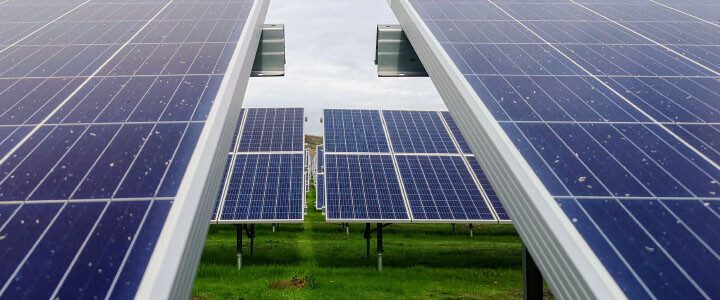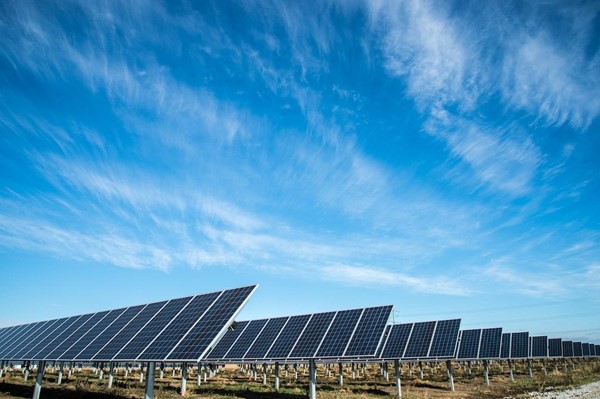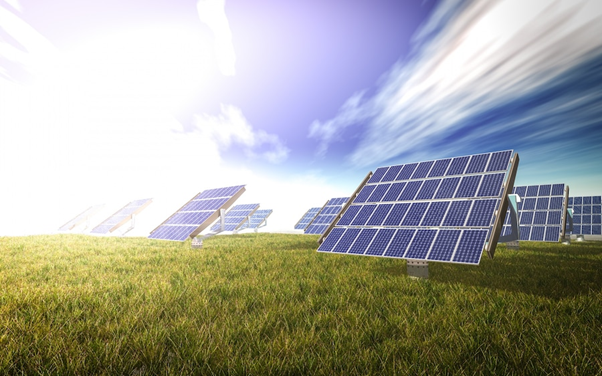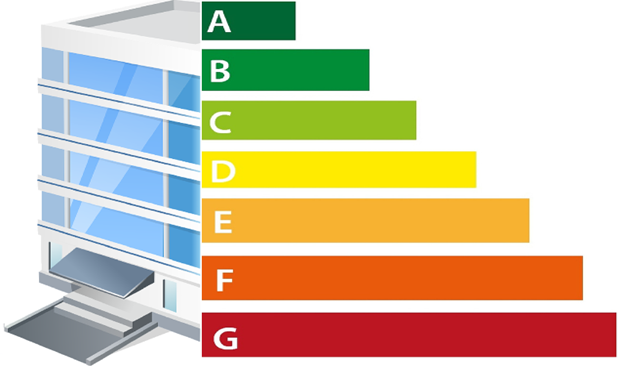What’s New in the World of Solar Panels

Just one minute of power generated by the sun is enough to cover the world’s energy needs for one year. In other words, energy generated by the sun in one day can satisfy the entire world population consumption for more than 25 years.
It is the most stable source of energy and also the most cost-effective, provided that the choice of solar panels is matched to the environment in which they are installed. The interest in solar energy is growing constantly, prompting the industry to develop more and more efficient solar collectors, now available in three generations of different technologies.
Thin-Film Solar Cells
For those looking for a less expensive option, thin-film panels might be the right choice. Their technology involves placing one or more thin films of photovoltaic silicon, cadmium, or copper onto a substrate. Because less material is used in the manufacturing process, it makes them easier and cheaper to produce than other types of solar cells.
On top of that, they are flexible, which increases their application, while also being more resistant to high temperatures. On the downside, they take up a lot of space, which makes them unsuitable for most residential installations. Since their lifespan is shorter than other types of panels, they also carry the shortest warranty. On the other hand, they might be a good option where lots of space is available and the budget is tight.
Amorphous Silicon Solar Cells
Also known as A-Si cells, they have been in use in pocket calculators since the late 1970s. They also belong to the silicon thin film category but represent the second generation of triple-layer technology. With only 6 – 9% efficiency rate, these cells are less effective than some of the other options, but their cost is proportionately low, as well.
Monocrystalline Solar Panels
Made of monocrystalline silicon (Mono-Si), this type of solar panel is the purest one. They are easily recognised for their dark colours and rounded edges. The purity of silicon used makes these panels among the most effective ones, with efficiency rates of the newest ones reaching above 20%.
Due to their high power output and moderate space requirements, monocrystalline solar panels are an excellent choice for a residential 5kW solar system, while their long service life makes them an attractive investment, despite their slightly steeper initial price. In addition, unlike their derivatives – polycrystalline panels, monocrystalline panels are less affected by high temperatures. Both variants are among the most commonly used in conventional residential and commercial systems.

Polycrystalline Solar Panels
Easily distinguished for their squared structure and blue speckled colour, Poly-Si panels are manufactured differently from Mono-Si panels. Fragments of silicon are melted together to form the wafers of the panel, unlike the monocrystalline which are made of a single crystal bar and then cut to size. This makes the manufacturing process of Polycrystalline panels more economical.
Their lower price point gives them the advantage but on the other hand, they are less efficient in absorbing sunlight, only about 15%, and because of that require more space to produce the same output of a monocrystalline panel. Since they are more susceptible to high temperatures they also have a shorter lifespan.
At the end of the day, there isn’t a big difference between the two types of panels and the choice of the buyer will come down to the roof space and the energy consumption of the property. The first option offers a slightly better power output and service life, and space efficiency, while the second offers a lower initial price.
Cadmium Telluride Solar Cells
This type of photovoltaic cells uses cadmium telluride that makes the manufacturing process less expensive, which then translates to an ROI time of less than a year. Of all the listed solar technologies, this one is the easiest to manufacture. It is a simple mixture of two molecules which give the desired property with almost ideal wavelength for absorbing sunlight.
The only possible disadvantage of using cadmium telluride technology is its toxicity when inhaled or ingested. This is one of the greatest barriers for the widespread use of CdTe panels, especially in the EU, as many people are concerned about using potentially toxic technology mounted on their homes.

Biohybrid Solar Cells
Discovered by a team of experts at Vanderbilt University, biohybrid solar technology is still in the research phase. The general idea is to use the Photosystem I – a membrane protein complex used by algae, plants, and some bacteria that converts light energy into high energy carriers, and in a way emulate the natural process of photosynthesis.
Many of technologies behind this type of cells are derived from the traditional methods, with the inclusion of different layers of the Photosystem I which enable much more effective conversion from chemical to electrical energy – up to 1000 times more efficient than the 1st generation solar panels.
Solar panel technology is a rapidly developing industry with each generation increasing the power output of the previous one while allowing faster and cheaper manufacturing process and longer service life. Although technologies like biohybrid and CdTe cells still need research and refinement, there are plenty of tested solar panel types you can consider. Each technology has its advantages and disadvantages, so buyers can tailor the choice to their energy needs, budget, and available space.


















